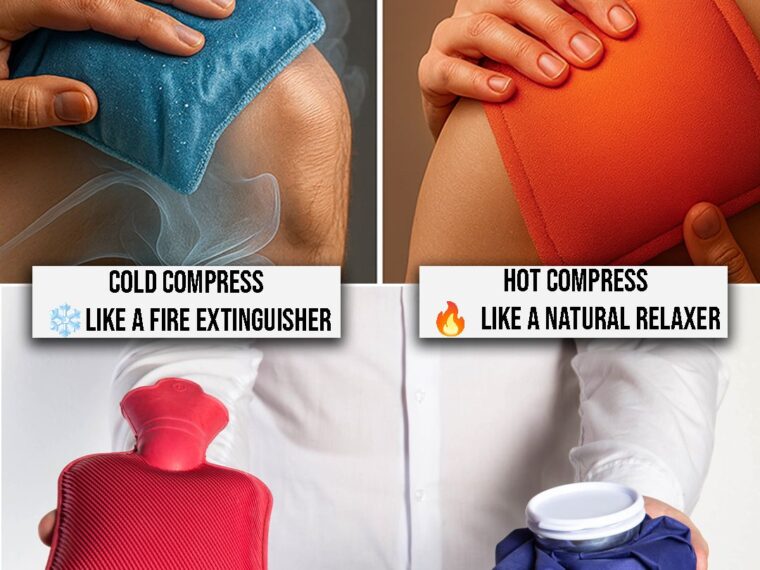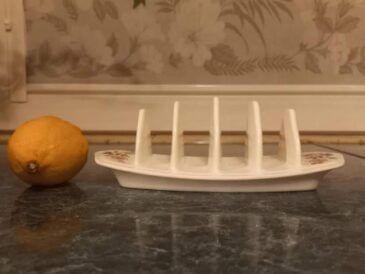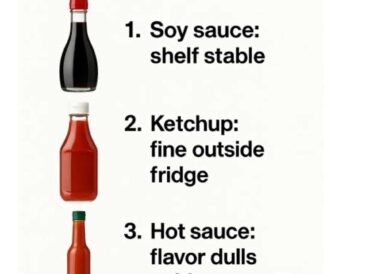Heat compresses are beneficial for:
- Chronic muscle pain or stiffness
- Arthritis-related discomfort
- Menstrual cramps
- Before physical activity to warm up muscles
Heat therapy helps to:
- Relax tense muscles
- Increase blood flow to promote healing
- Reduce joint stiffness
How to Apply
Use a warm towel, heating pad, or microwaveable heat pack. Apply to the affected area for 15–20 minutes. Ensure the heat is warm, not hot, to avoid burns. Harvard Health
🔄 Contrast Therapy: Alternating Cold and Heat
Contrast therapy involves alternating between cold and heat applications. This method aims to combine the benefits of both therapies:
- Cold reduces inflammation and numbs pain
- Heat promotes blood flow and relaxes muscles
How to Apply
Start with cold therapy for 1–2 minutes, followed by heat therapy for 3–4 minutes. Repeat the cycle 3–4 times. This approach may be particularly useful for conditions like arthritis or sports-related injuries. Health
⚠️ Precautions and Considerations
- Avoid applying ice or heat directly to the skin to prevent frostbite or burns.
- Do not use heat on recent injuries (within 48 hours) as it may exacerbate swelling.
- Consult a healthcare provider if you have conditions like diabetes, vascular disease, or if symptoms persist.
🧠 Conclusion
Choosing the appropriate compress—cold or hot—depends on the nature and timing of your injury or condition. Cold therapy is ideal for acute injuries to reduce swelling and numb pain, while heat therapy is suited for chronic conditions to relax muscles and alleviate stiffness. In some cases, alternating between cold and heat can provide comprehensive relief. Always ensure safe application and consult a healthcare professional if uncertain.




